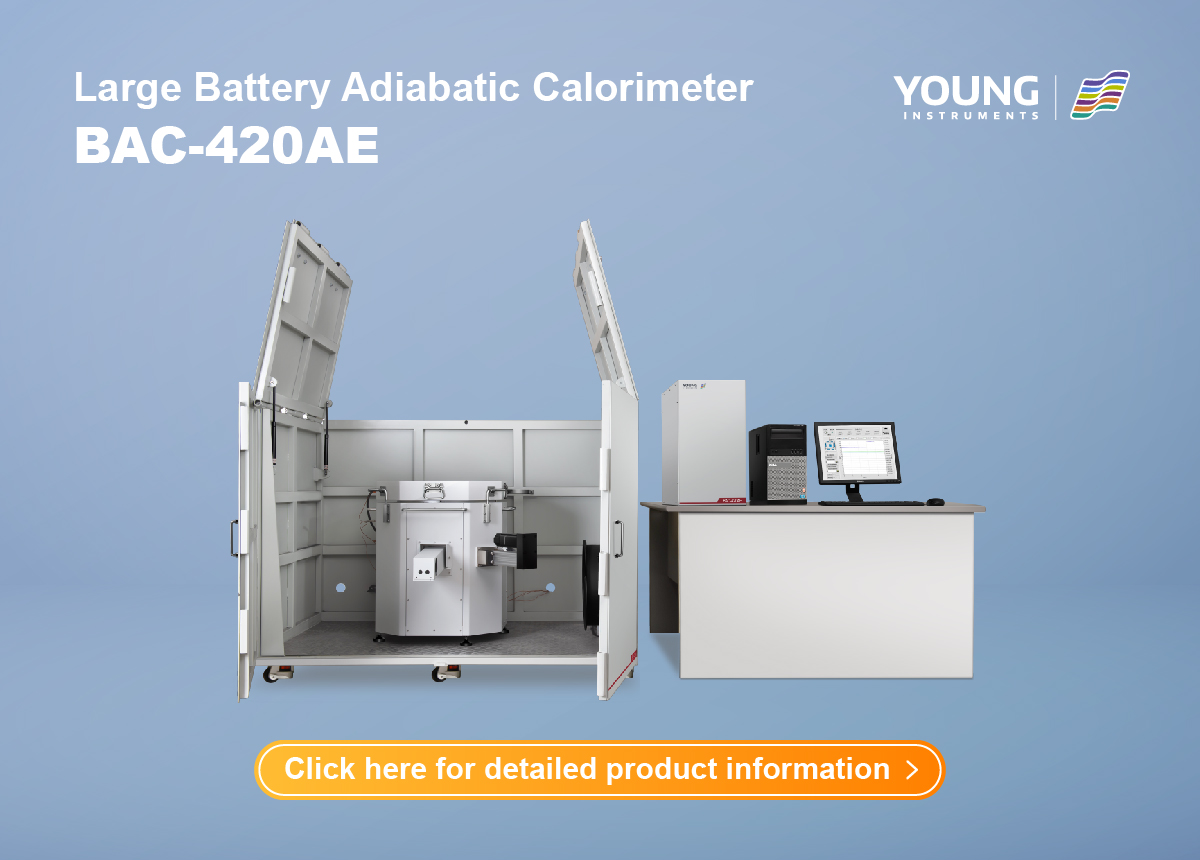Thermal Runaway Temperature: A Key to Battery Safety
Have you ever wondered what causes a lithium-ion battery to overheat, catch fire, or even explode? This catastrophic phenomenon is known as “thermal runaway,” and it occurs when a battery’s internal temperature increases uncontrollably. Understanding the thermal runaway temperature is crucial for ensuring the safety and reliability of batteries, especially in high-energy applications such as electric vehicles and large energy storage systems. In this blog, we’ll delve into the intricacies of thermal runaway temperature, its different stages, and how it can be accurately measured and analyzed.
The Three Stages of Thermal Runaway Temperature
1. Stage I: Safe Operating Range
At this initial stage, the battery operates within a temperature range considered safe and stable. Here, the battery maintains its typical functionality without any signs of degradation or instability. The energy stored and released during charging and discharging cycles generates some heat, but it remains manageable with standard cooling systems. This stage is essential for regular battery operation, and all systems are designed to maintain the battery within this range to avoid reaching the critical thermal threshold.
2. Stage II: Thermal Runaway Onset
Stage II is where the real danger begins. This stage is defined by the onset of thermal runaway, where the battery’s temperature starts to rise uncontrollably due to exothermic reactions within the cell. It is initiated when the electrolyte inside the battery starts to break down, releasing gas and creating internal pressure. As the temperature continues to rise, the separator, a thin membrane that keeps the anode and cathode apart, begins to melt. This can lead to a hard internal short circuit, causing the temperature to spike sharply. While it’s possible to prevent a total disaster at this stage through rapid cooling or active safety measures, the risk of irreversible damage to the battery is high.
3. Stage III: Irreversible Damage and Energy Release
At Stage III, the situation escalates rapidly. The temperature inside the battery cell increases exponentially, leading to the complete breakdown of internal materials and triggering a chain reaction that releases a massive amount of energy in the form of heat and gas. Once the second critical temperature is surpassed, thermal runaway becomes inevitable. The battery is fully compromised, and it releases its stored energy explosively. This is the point where safety systems are usually incapable of controlling the event, often resulting in fire or explosion. Understanding this stage is critical for the development of advanced battery management systems and safety protocols.
Accurate Measurement of Thermal Runaway Temperature
Measuring and predicting thermal runaway temperature accurately is crucial for battery safety and development. One of the most reliable methods is the use of a Large Battery Adiabatic Calorimeter, such as the BAC-420AE by Hangzhou Zeal Instruments Science & Technology Co., Ltd. This advanced instrument can precisely test various parameters, including the heat generated during charging and discharging, specific heat capacity, thermal runaway onset temperature, and adiabatic temperature rise.
The BAC-420AE integrates thermal, electrical, and mechanical abuse testing methods, making it a comprehensive solution for battery safety testing. It is equipped with visible and infrared imaging, gas collection, and specific heat testing functions to provide a detailed understanding of battery behavior during thermal runaway. The device can measure:
- Thermal Runaway Onset Temperature: The critical temperature at which thermal runaway begins.
- Maximum Rate of Temperature Rise: The rate at which the temperature increases once thermal runaway starts.
- Adiabatic Temperature Rise: The temperature rise in an insulated environment, simulating real-world conditions where heat dissipation is limited.
- Specific Heat Capacity: The amount of heat required to raise the temperature of the battery, is crucial for understanding thermal behavior under stress.
With these capabilities, the BAC-420AE enables researchers and engineers to characterize battery failures and predict potential hazards, aiding in the development of safer and more reliable energy storage solutions.
Recommended Product: Large Battery Adiabatic Calorimeter BAC-420AE
Why Choose BAC-420AE for Thermal Runaway Testing?
The BAC-420AE offers exceptional resistance to high pressure and explosive impacts, making it suitable for testing high-energy batteries such as the 9-series high-nickel NCM lithium batteries. It simulates an ideal adiabatic environment to capture more accurate thermal behavior parameters, providing invaluable insights into the heat diffusion and fire spread processes during battery failures. Additionally, it supports industry standards such as GB/T 36276-2023 and UL 9540A, ensuring compliance and reliability.
Comprehensive Testing Capabilities
The BAC-420AE integrates multiple test methods. Including thermal runaway testing, gas generation testing and heat capacity measurement, it can fully analyze the battery behavior. This integration allows the simultaneous acquisition of battery voltage, current, temperature and pressure data. This allows a comprehensive understanding of thermal runaway dynamics.
Flexible and User-Friendly Design
The BAC-420AE features an integrated charging and discharging module, allowing users to switch between constant current and constant voltage charging modes. This flexibility makes it possible to simulate various operational scenarios, enabling real-time capacity calculations and battery performance analysis.
Principle of Operation: How BAC-420AE Simulates Thermal Runaway
The BAC-420AE creates an almost perfect adiabatic environment, ensuring no heat exchange between the battery and its surroundings. By using a “Heat-Wait-Seek” mode, it incrementally heats the battery while monitoring its self-heating rate (SHR). If the SHR remains below 0.02°C/min, it indicates no internal exothermic reaction is occurring, and the temperature is further increased.
Once the SHR exceeds 0.02°C/min, an internal reaction is detected, and the system enters an exothermic mode. During this phase, the calorimeter tracks the battery’s temperature in real-time, maintaining an adiabatic environment until thermal runaway occurs. This method allows for precise measurement of key parameters and helps identify the exact point of thermal runaway onset.

Enhancing Battery Safety with Thermal Runaway Analysis
The insights gained from thermal runaway temperature testing are invaluable for battery manufacturers and researchers striving to improve battery safety. By understanding the exact conditions under which thermal runaway occurs. Better thermal management systems can be designed, battery materials improved, and stronger safety mechanisms developed. Hangzhou Zell Instrument Technology Co., Ltd.’s BAC-420AE is at the forefront of this research. Provides powerful tools for analyzing and preventing thermal runaway in modern batteries.
For more information, product application cases, operation videos, or quotations, contact Hangzhou Zeal Instruments Science & Technology Co., Ltd. and ensure your batteries meet the highest safety standards.








































